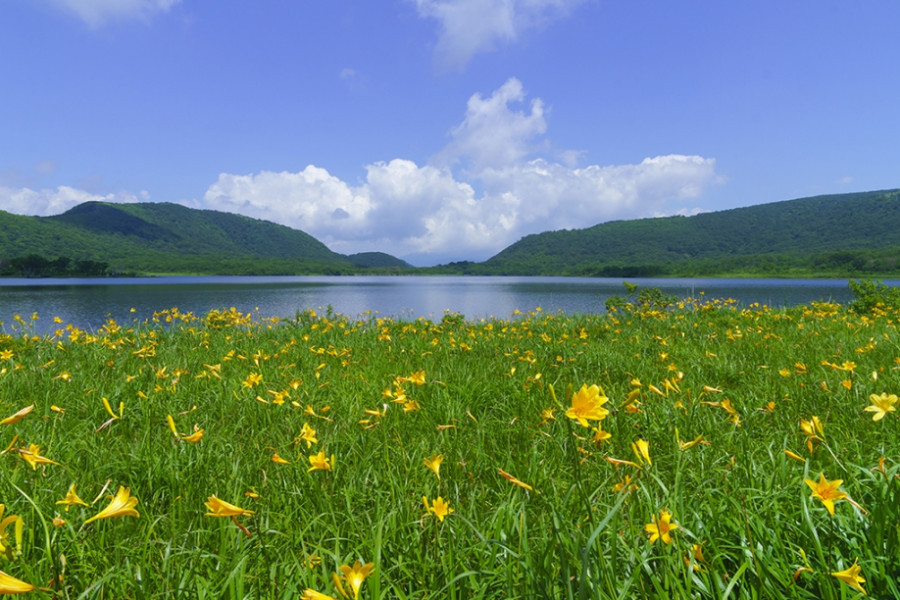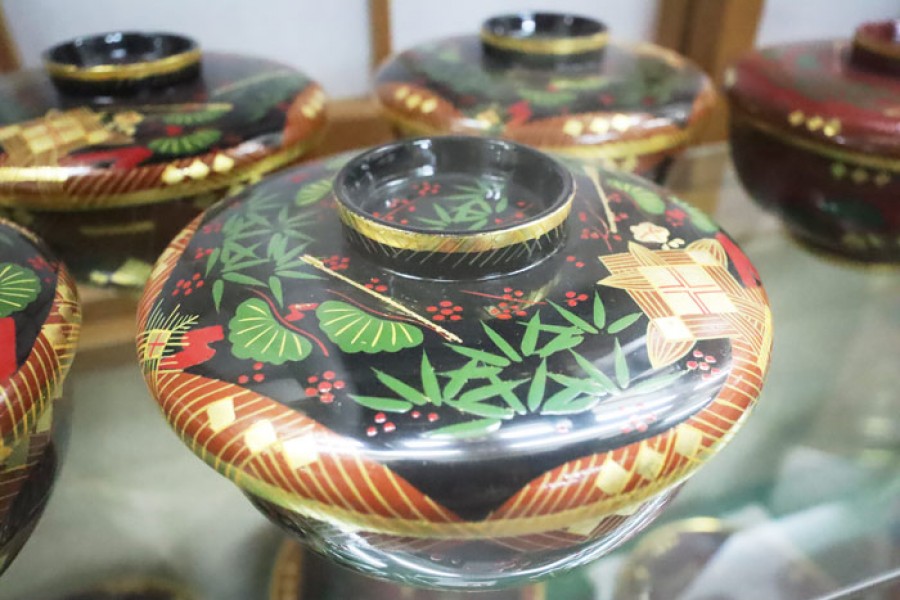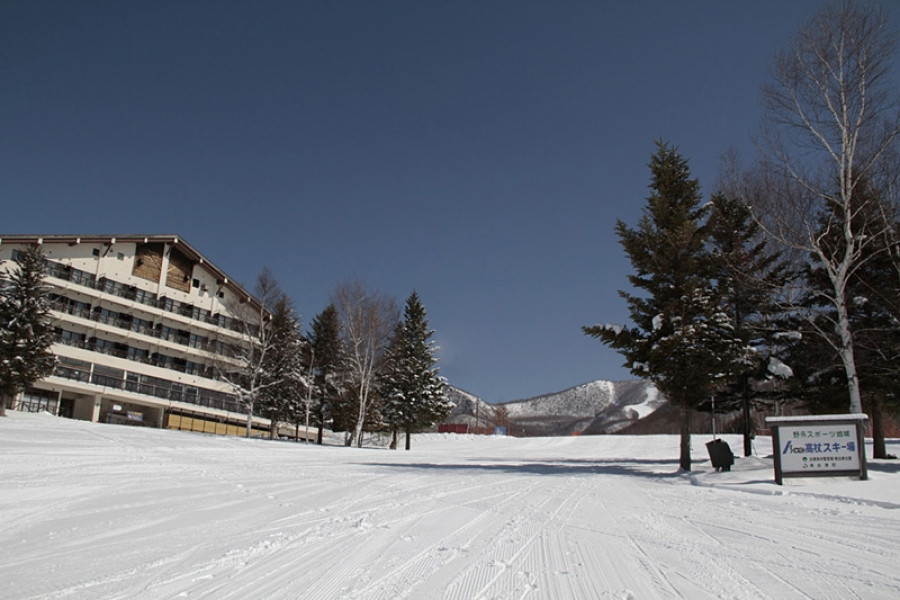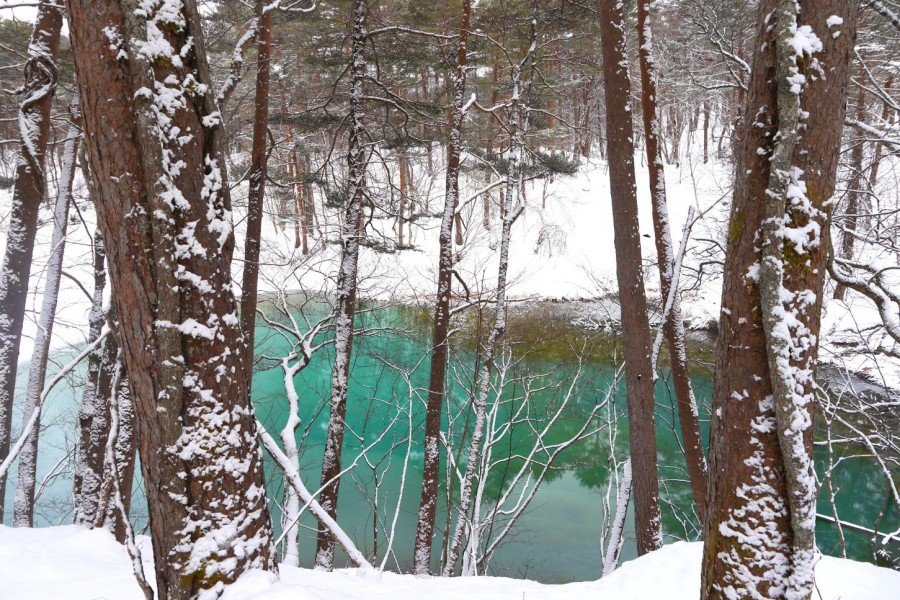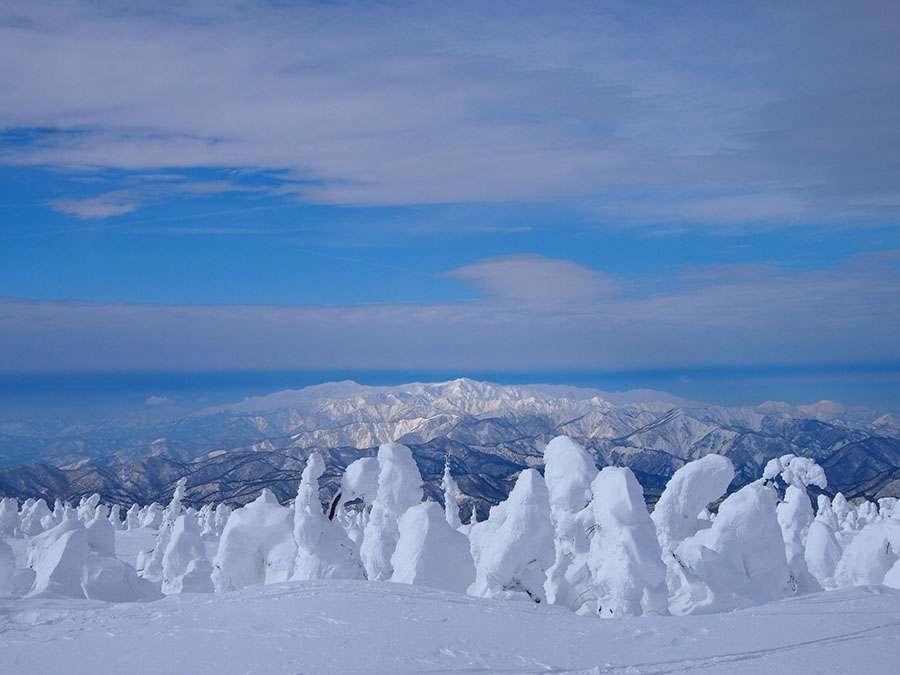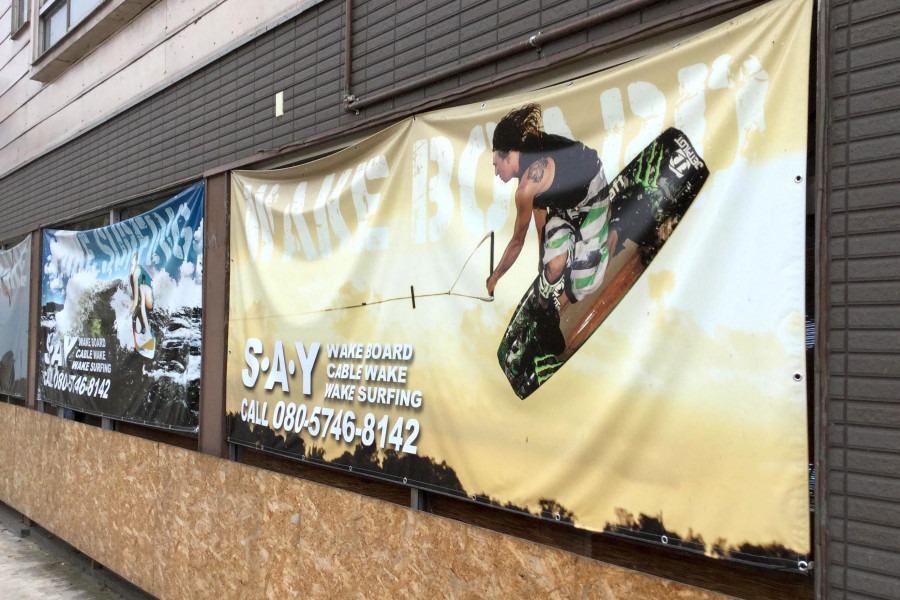
Watersports at S.A.Y (Lake Inawashiro)
A wakeboard shop located on the northwest shore of Lake Inawashiro in Fukushima Prefecture. It offers easy access from the Kanto region, bypassing major traffic congestion. Individuals and beginners are welcome. A specialized beginner's course is available, allowing even first-timers to enjoy their time on the water, and all necessary equipment can be rented. Bookings can be made even for 1 person. Why not spend a day enjoying the beautiful, clear waters of Lake Inawashiro, one of the most breathtaking lakes in Japan?

